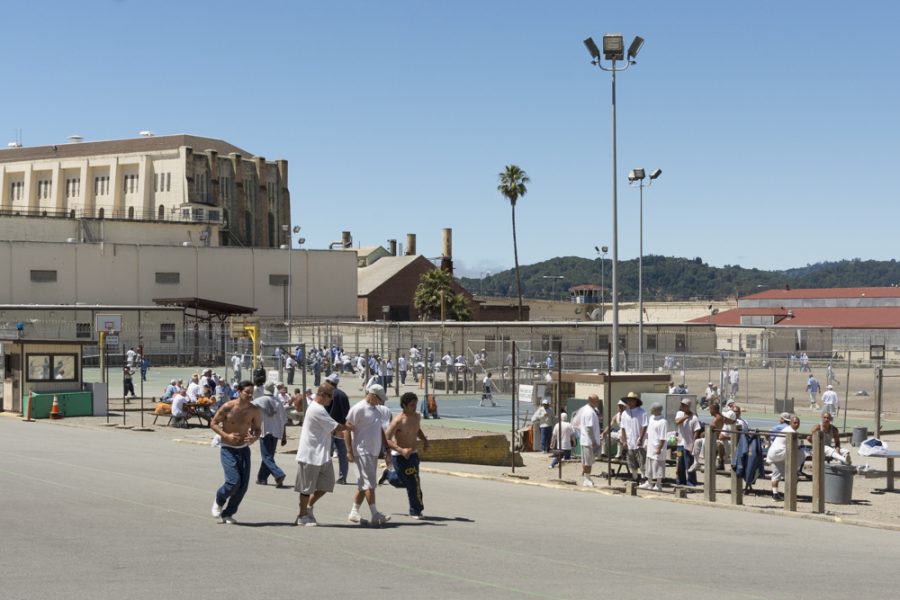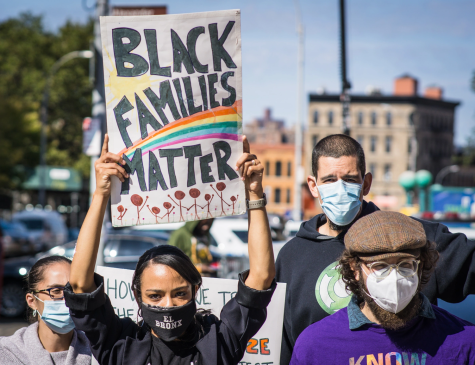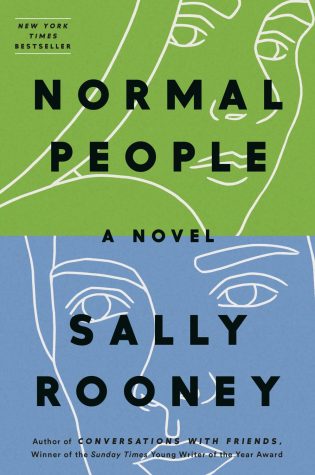Voters should take Proposition 57 serious
November 2, 2016
For decades California has led the nation with tough-on-crime legislation like its draconian Three Strikes law. Women and men in the Golden State have been sentenced to indeterminate 25-to-life sentences for an array of trifling crimes such as drug possession and shoplifting; part of a war primarily directed against black and brown people.
The war’s inception was ushered in with President Richard Nixon and maintained through President Ronald Reagan’s administration. It’s what attorney, civil-rights advocate and author Michelle Alexander noted as escalating to a “nearly genocidal” level, and I’ve been ensnared in it for 20 years.
Slowly, it’s coming to an end. Proposition 57, The Public Safety and Rehabilitation Act of 2016, is another in a wave of ballot initiatives that if passed by voters, will offer some prisoners the semblance of justice they did not receive decades ago.
Mike Ramano, the director of the Three Strikes Project at Stanford Law School, said the initiative is primarily targeted at giving the prison system a way to give inmates time off of their sentences for participating in positive programs, although he said it won’t help everyone.
“It’s all up to the California Department of Corrections and Rehabilitation,” said Ramano. “I’m optimistic, but I don’t want to be overly optimistic because things don’t happen overnight. Hopefully it will bring some common sense and streamline the process.”
The initiative’s language says in part that the CDCR will have the “authority to award [inmates] credits earned for good behavior and approved rehabilitative or educational achievements.”
In 2011, the United States Supreme Court upheld a lower court ruling in the Coleman-Plata v. Brown case, stating the CDCR had to reduce its prison population to 137.5 percent of design capacity in order to bring its healthcare services into constitutional compliance.
When the Supreme Court made its ruling, Jeremiah Sheppard, 67, was serving 25 years to life at Folsom State Prison for receiving stolen property. The crime, according to the Penal Code, carries 16 months, two years or three years. He had already served 15 years, but because of his prior record going back to the 1960s, he was “struck out.” He died of a heart attack on a dirt track at Folsom on April 19, 2011. He was my cellmate.
Governor Brown is attempting to reduce the state prison population by vote. Not surprising, the initiative is opposed by law enforcement and district attorneys. They argue that violent prisoners will be released because the law does not define them as such.
I don’t have a vested interest in who is paroled or who remains in prison, but after 20 years of confinement, I’m fairly certain that I can recognize who will succeed on parole and who will continue to prey on society. Some may have thought of Mr. Sheppard as a crook, but he was not violent.
I know very well that Proposition 57 is not a get-out-of-jail-free card. Some prisoners that will benefit from it will still have to come under review by the Board of Parole Hearings (BPH). And if they can’t even convince me they’re suitable for parole, there’s no need to worry about the outcome of BPH’s determination.
For years, many prisoners serving life terms were skeptical about so-called rehabilitation as a viable option to earn a parole date, especially those with a “Buck Rogers” date to go before the BPH.
As defendants convicted of a felony in California, we were sentenced under Penal Code section 1170 (a)(1), which promulgates, in part: “The Legislature finds and declares that the purpose of imprisonment for crime is punishment.”
As governor, Arnold Schwarzeneg-er added the letter “R” to CDC which extended the name with the word “Rehabilitation.” The addition of the “R” was nothing more than window dressing because for many years prisoners had little access to programs due to overcrowding. Beside that, the law says they are here for “punishment,” not rehabilitation. The name change did not supersede the intent of the legislature. Proposition 57 may change that.
Lest we forget, Proposition 57 attempts to “Prevent federal courts from indiscriminately releasing prisoners.” This is because a provision of the Prison Litigation Reform Act of 1996 allows the federal court to waive a state’s laws to release prisoners in the event there is overcrowding. Essentially, the feds have told California to reduce its prison population or they will do it.
Of course there are those who may say we should all rot in prison, but that’s not going to happen because as the courts have aptly ruled that unconstitutional. Meanwhile, taxpayers get to bankroll the state’s multi-billion dollar budget. Something has to change because Tough on Crime has failed and is behind the times. The new school of thought espoused by Kamala Harris, California’s Attorney General, is to get “smart on crime.”
“This is part of a movement,” said Ramano. “It’s not going to be a radical transformation but it’s a step in the right direction.” Let’s hope so.
















